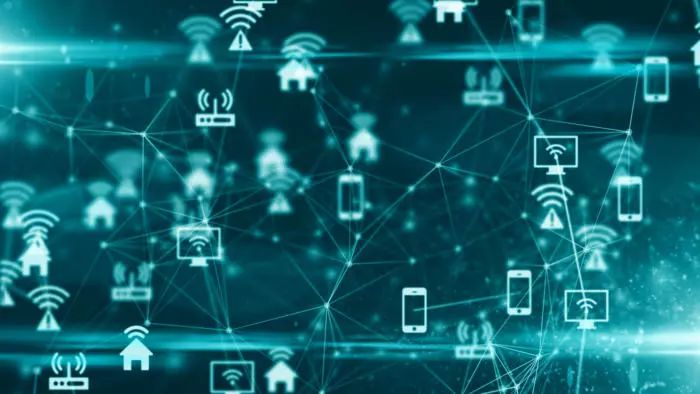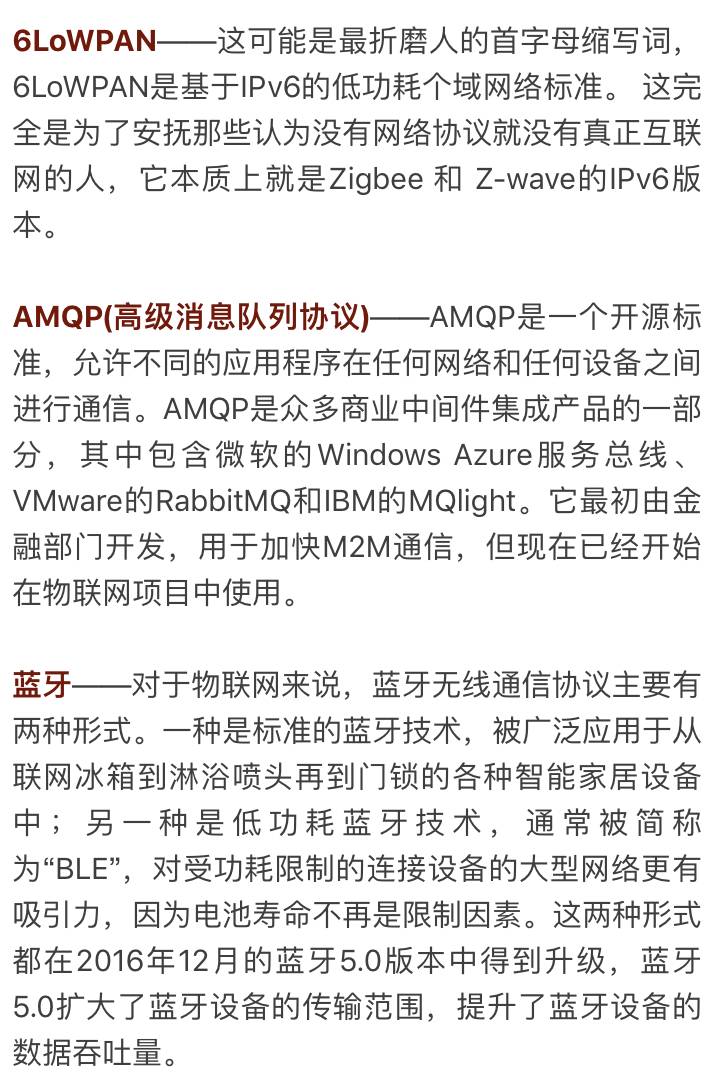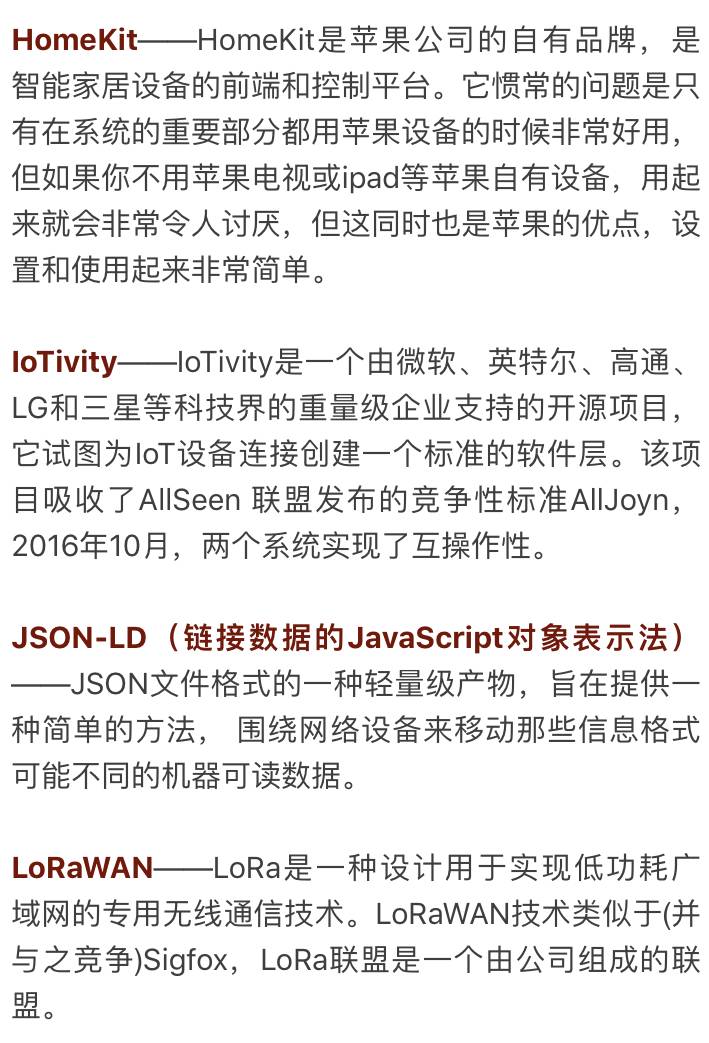In the field of Internet of Things, there are often abbreviations of protocols, standards, and techniques that are difficult to understand. This article attempts to explain these terms briefly, hoping to make the language of the Internet of Things clearer. In the field of Internet of Things, there are often abbreviations of protocols, standards, and techniques that are difficult to understand. This article attempts to explain these terms and hopes to make the language of the Internet of Things clearer. Cellular Data - Although it is not the most energy efficient form of transmission, there are a large number of IoT devices based on this deployment, which use the carrier's wireless data as the transport layer. CoAP (Restricted Application Protocol) - This is an Internet protocol designed for restricted devices with a small amount of memory and limited computing power. It was proposed by the CoRE Working Group of the IETF (Internet Engineering Task Force), which, as its name suggests, is effective on small devices such as digital signage and smart lighting. Data Distribution Service (DDS), a new generation of distributed real-time communication middleware specification (similar to AMQP) developed by the Object Management Organization (OMG) based on standards such as HLA and CORBA, dates back to 1989 and is designed to Create distributed object management standards. DDS uses a "topic" system - the type of information the system knows, such as "boiler temperature" or "conveyor speed" - that provides information to other nodes that have "declared" interest in a given topic, ideally Can avoid the need for complex network programming. MQTT (MQ Telemetry Transport) - MQTT is a publish/subscribe messaging protocol designed to use limited computing power when devices are in communication with one another or in the case of unreliable or delayed network connections. It does a good job, but implementing strict security controls can be tricky and can undermine the lightweight nature of the protocol. NFC (Near Field Communication) - This low-power network has been around for a long time, no surprise, it is suitable for use in IoT applications. Any scenario that can be close to and interact with it and does not need to send or receive large amounts of data information is well suited for NFC. Physical Web - It's a concept created by Google that advocates "fast, seamless interaction with the physical world." It uses a protocol called Eddystone that spreads links through Bluetooth low energy. Its philosophy is You can simply go to a parking meter to get information about the store by digitizing it or by scanning the phone. SCADA (Monitoring and Data Acquisition) – SCADA has been in the mainframe era and has experienced the earliest attempts to computerize control of industrial, manufacturing and heavy-duty transportation applications. Older SCADA networks are often highly insecure, they are designed for ease of use and do not take security into account. Sigfox - Sigfox is both a dedicated narrowband, low power technology and the name of a French company. The proprietary nature of the technology is unusual (although not the only one) for LPWAN, but Sigfox's business model is different from most other companies – it wants to be an IoT mobile operator, wanting to do the Internet of Things. Enterprises provide network coverage on demand. SMS (Short Message Service) - For some IoT devices, regular old text information is a completely acceptable communication medium, especially for devices distributed over a large geographical area, with some delay tolerance. ability. Take the example of the Swedish pest control company Anticimex, which has a smart trap to update rodents to the company via SMS. Thread - Thread is a low-power network protocol created and developed by a team led by Google's Nest Labs, such as the Nest Smart Thermostat, arguably the first breakthrough smart home device. Equipped with the Thread protocol. Since the summer of 2016, the open source version of the specification has been made available to developers. TR-069 (Technical Report 069069) - This is a broadband forum specification document that outlines a protocol called CWMP that is designed to allow users to remotely configure and manage client devices over an IP network. (The Consumer Location Equipment WAN Management Agreement, for those who score at home.) It dates back to the early part of the last century, originally designed to help cable operators remotely manage devices such as set-top boxes. Z-wave - Like Zigbee, z-wave is a low-power, short-range wireless networking technology used primarily for applications such as smart home devices. It is standardized by the ITU. 51V Battery Pack,Portable Battery Box,Portable Battery Bank,Ac Battery Pack Zhejiang Casnovo Materials Co., Ltd. , https://www.casnovo-new-energy.com


